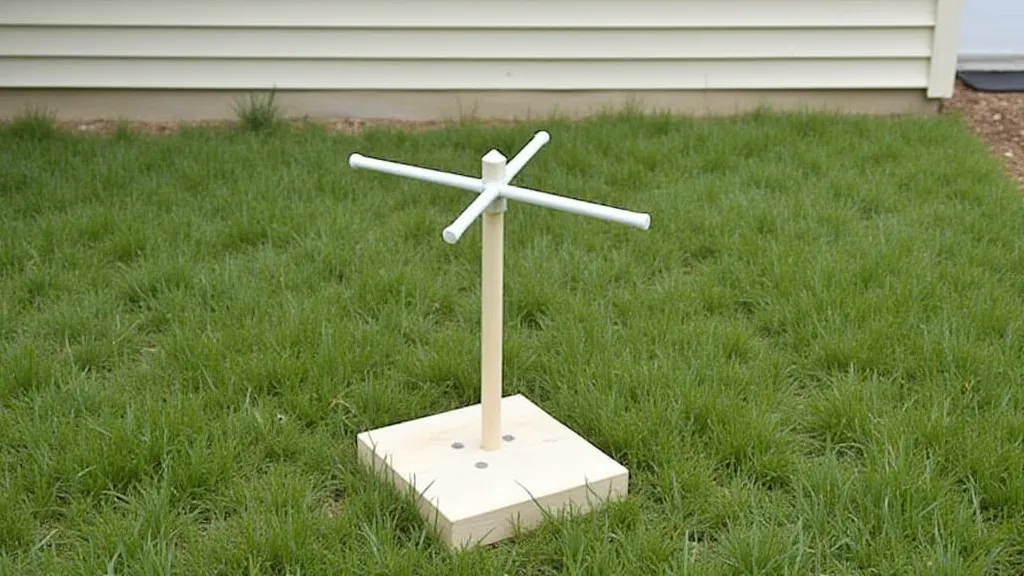DIY Wind Vane: Build Your Own Wind Direction Indicator
Want to build a basic weather station and understand where the wind is coming from? A wind vane is a crucial component, and building one yourself is a rewarding and educational project. This guide provides simple instructions to create a functional wind vane that's perfect for students and hobbyists alike. It's a great introduction to basic meteorology and a fun science project. Understanding the principles behind weather instruments is key – for example, do you know how a thermometer works? You can learn more about understanding basic weather sensors, like thermometers, hygrometers, and rain gauges.
What You'll Need



- Wind Roses: Create a wind rose to visualize the frequency of winds from different directions over a period of time. This is a classic meteorological tool that provides a clear picture of prevailing winds.
- Correlation with Weather Systems: Learn to identify common weather patterns (e.g., cold fronts, warm fronts, high-pressure systems) and observe how wind direction changes in association with these systems.
- Impact of Local Geography: Conduct experiments to investigate how local geographic features (hills, buildings, forests) influence wind direction and speed. This could involve comparing wind readings taken at different locations around your home or school.
- Seasonal Variations: Analyze how wind direction and speed change throughout the year. This can reveal patterns related to seasonal weather changes.
- Data Logging and Visualization: Implement a system to automatically record your wind vane readings. This data can be visualized in graphs and charts to reveal trends and patterns over time. While the basic project uses a manual approach, automated data collection allows for much more detailed analysis.
- Networked Weather Station: Connect your weather station to the internet and share your data with others. This allows you to contribute to a broader understanding of weather patterns and potentially access data from other weather stations in your area. While this requires a bit more technical expertise, it offers significant benefits in terms of data sharing and collaboration.
- Aerodynamic Design: Experiment with different vane shapes to optimize aerodynamic efficiency. This can improve the vane's ability to respond quickly and accurately to changes in wind direction.
- Bearing System: Incorporate a precision bearing system to reduce friction and ensure smooth, free rotation of the vane.
- Electronic Sensors: Replace the cardboard vane with an electronic wind vane that uses sensors to measure wind speed and direction.
- Remote Monitoring: Integrate a wireless communication module to remotely monitor wind direction and speed.





